We've found 73 matches for your search. Order by
Results
-
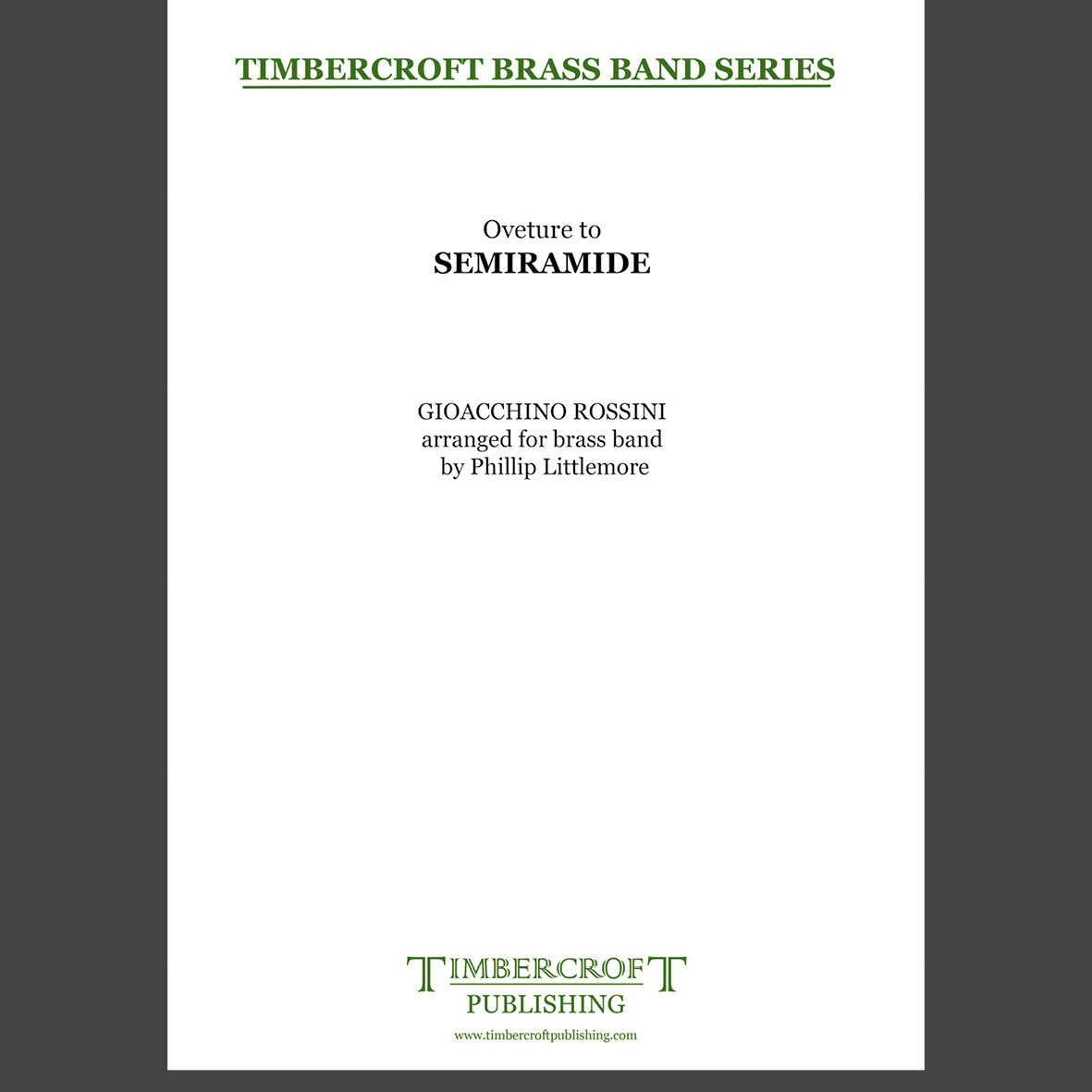 £45.00
£45.00Semiramide - Gioacchino Rossini arr. Phillip Littlemore
Estimated dispatch 5-7 working days
-
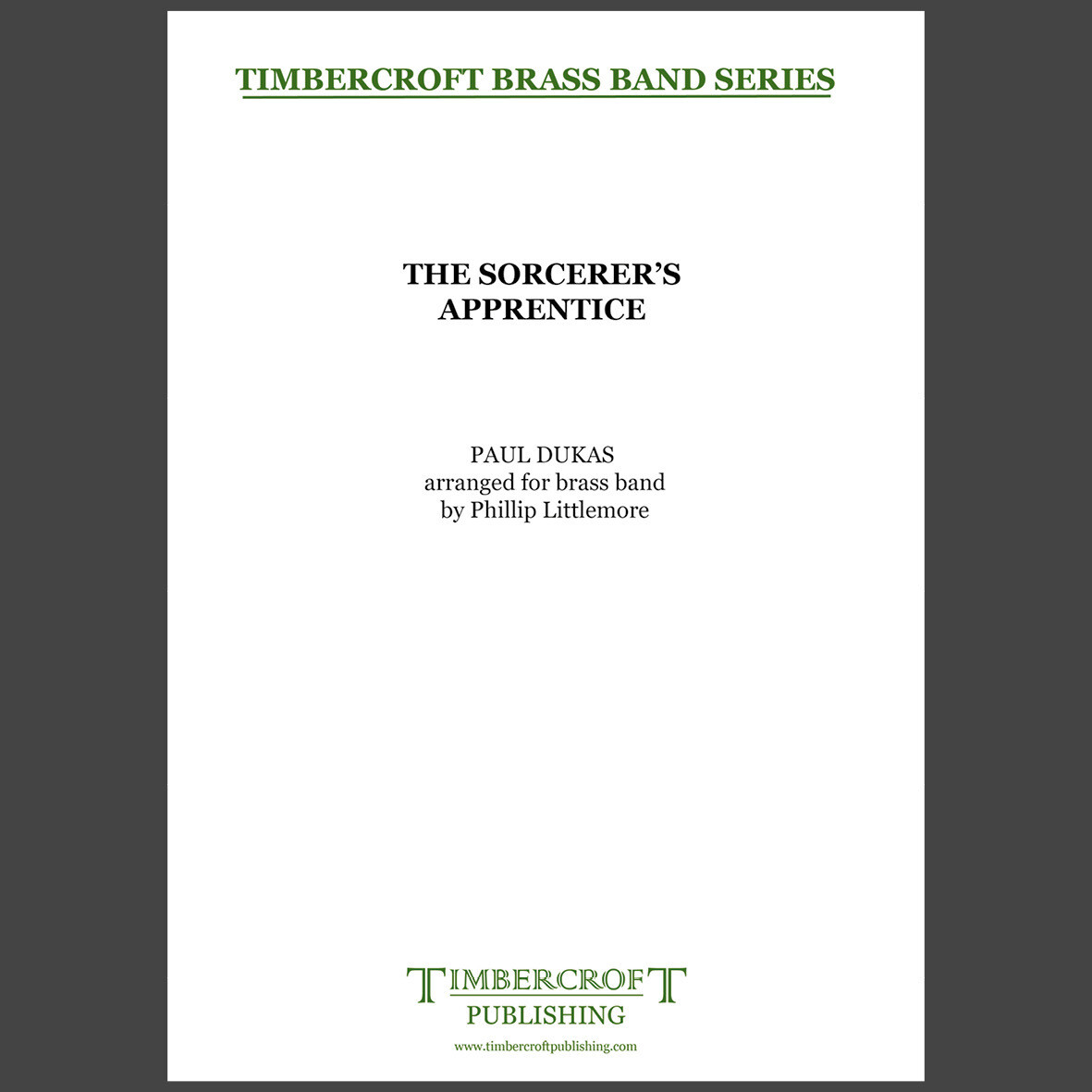 £45.00
£45.00Sorcerer's Apprentice, The - Paul Dukas arr. Phillip Littlemore
Estimated dispatch 5-7 working days
-
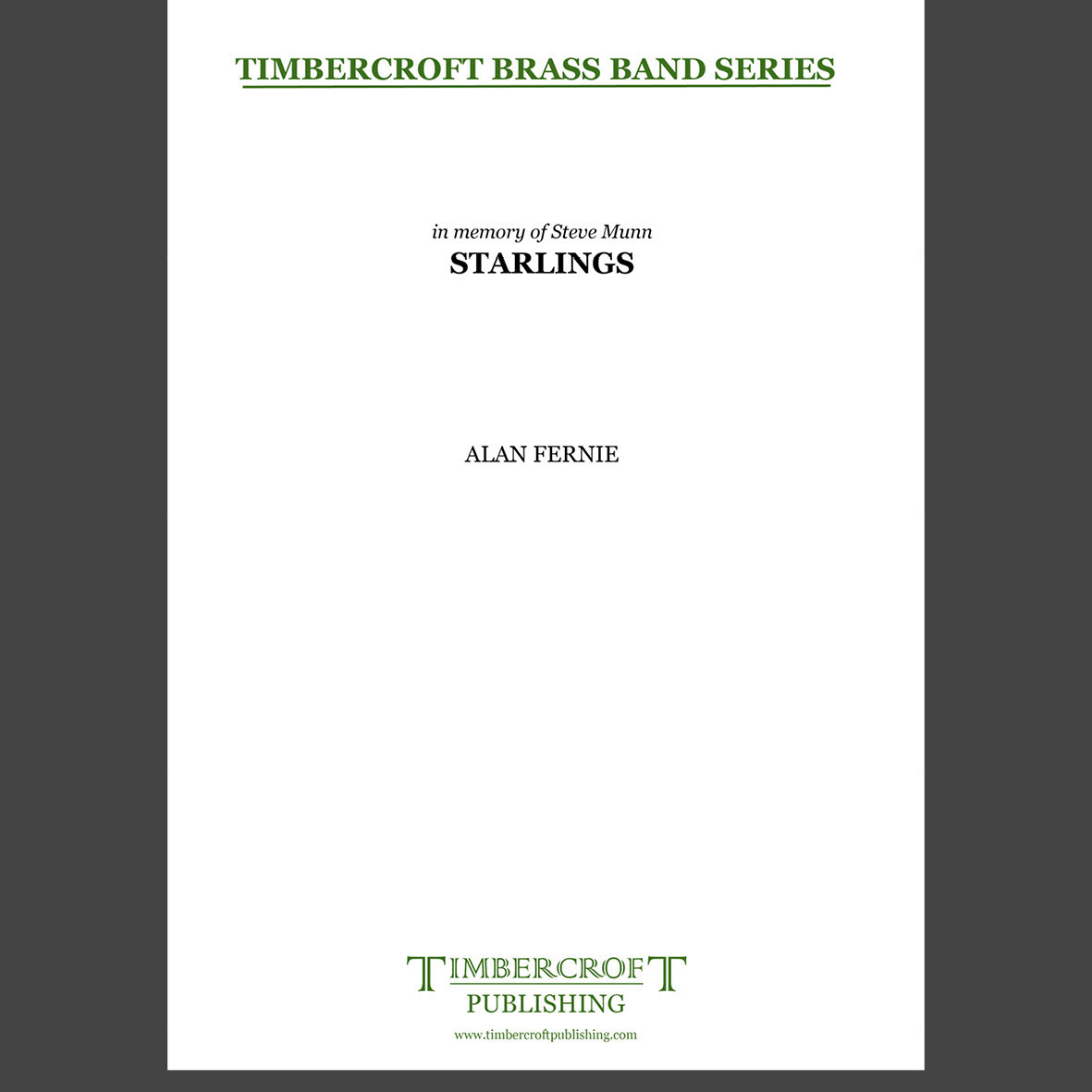 £35.00
£35.00Starlings - Alan Fernie
Estimated dispatch 5-7 working days
-
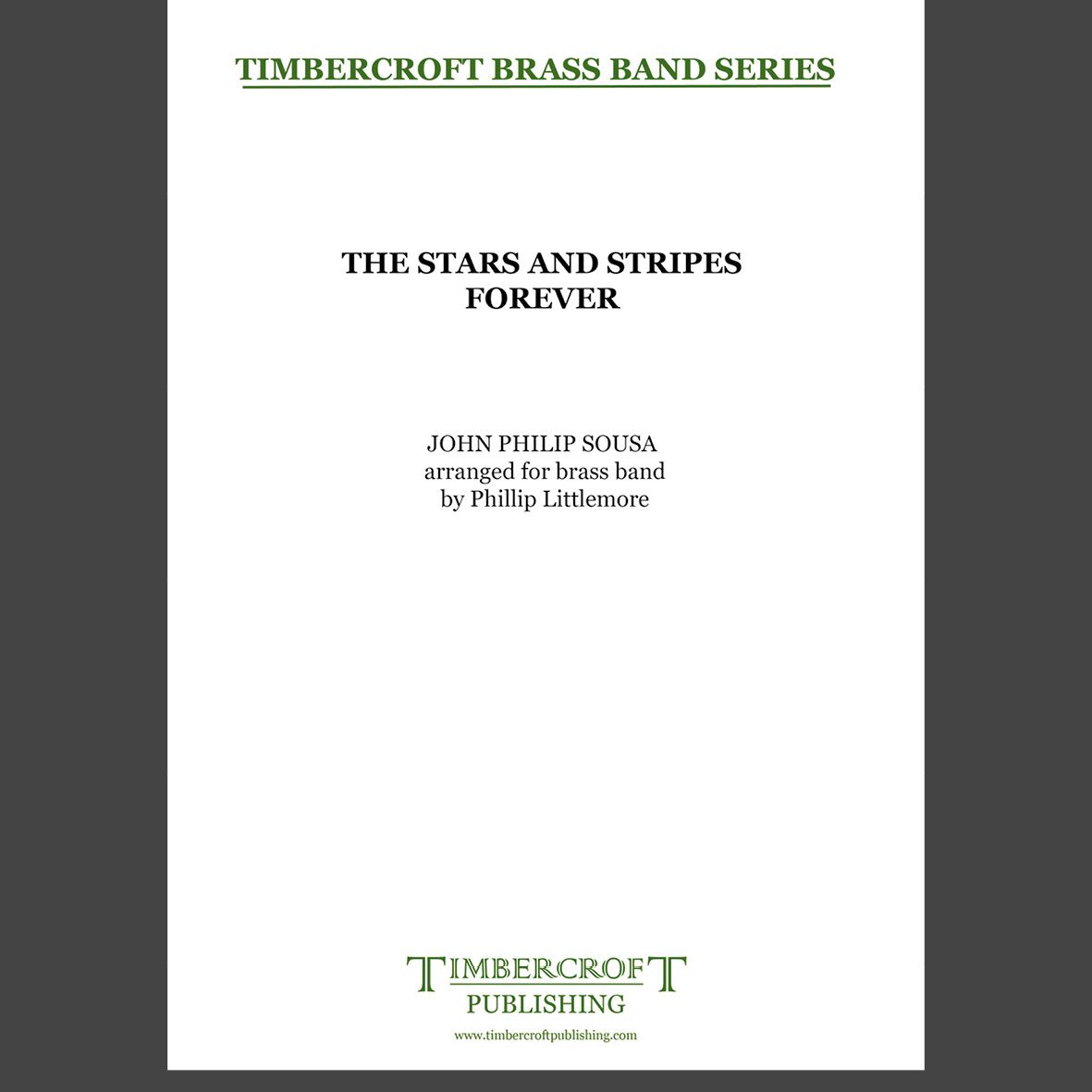 £40.00
£40.00Stars and Stripes Forever, The - John Philip Sousa arr. Phillip Littlemore
Estimated dispatch 5-7 working days
-
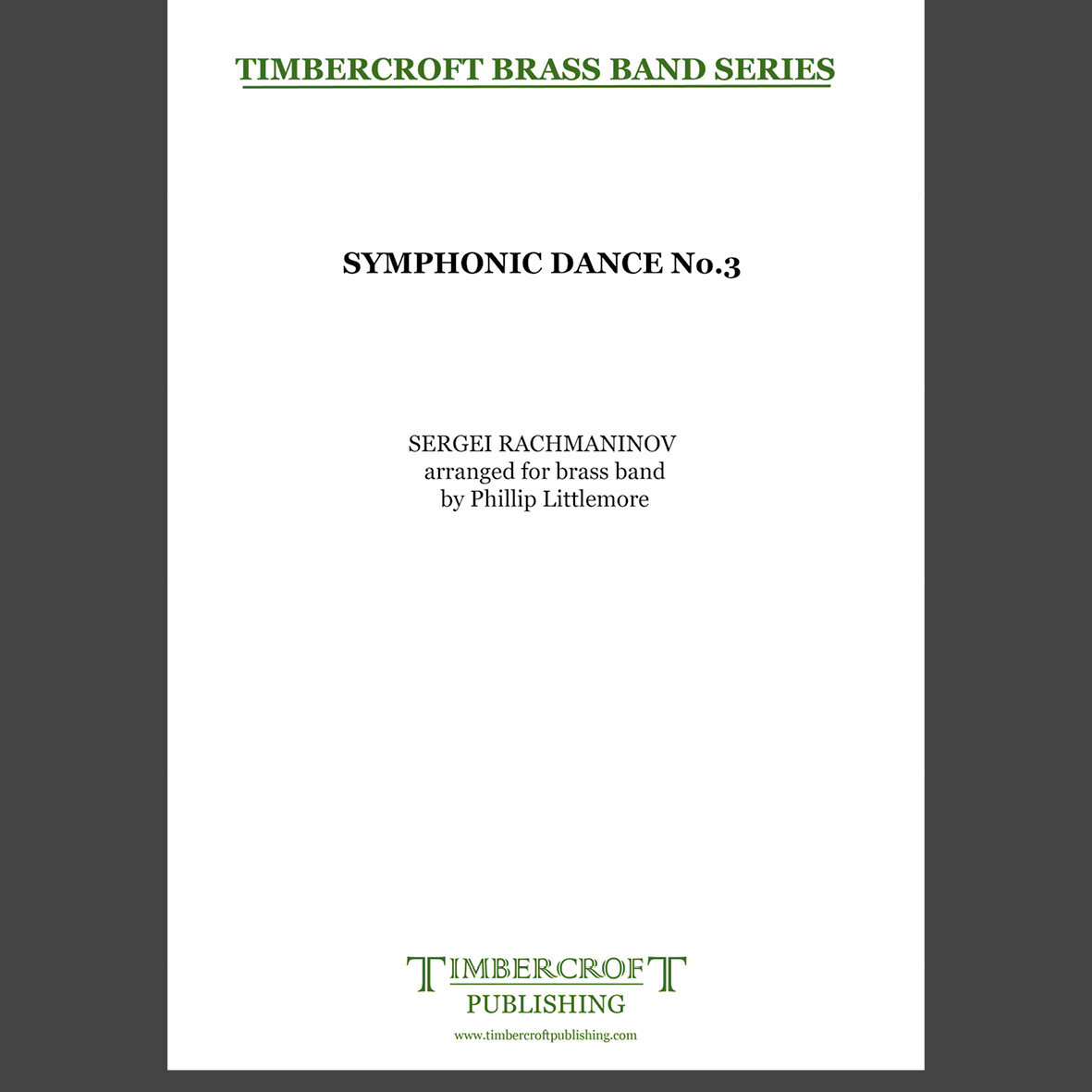 £40.00
£40.00Symphonic Dance No.3 - Sergei Rachmaninov arr. Phillip Littlemore
Estimated dispatch 5-7 working days
-
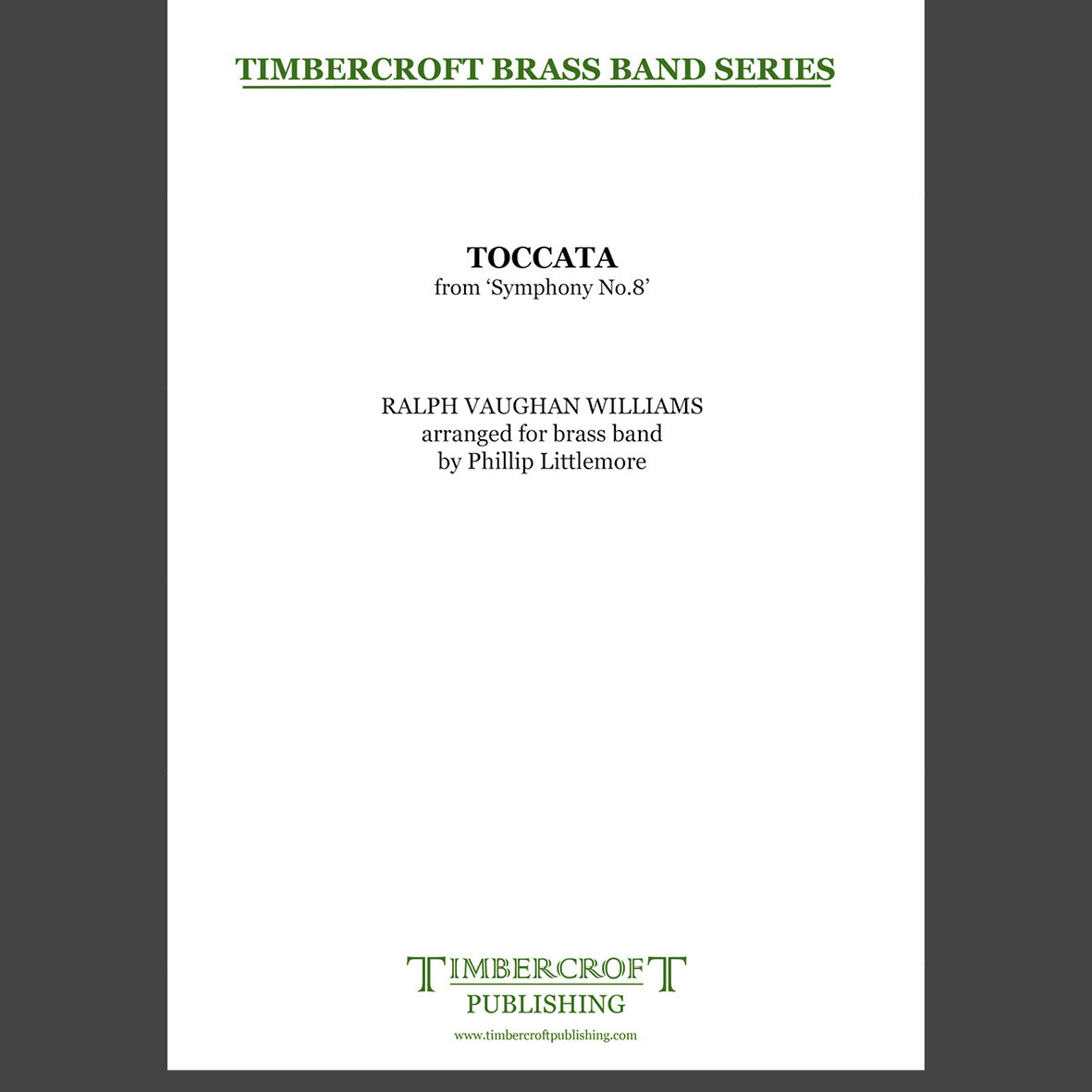 £45.00
£45.00Toccata from Symphony No.8 - Ralph Vaughan Williams arr. Phillip Littlemore
Estimated dispatch 5-7 working days
-
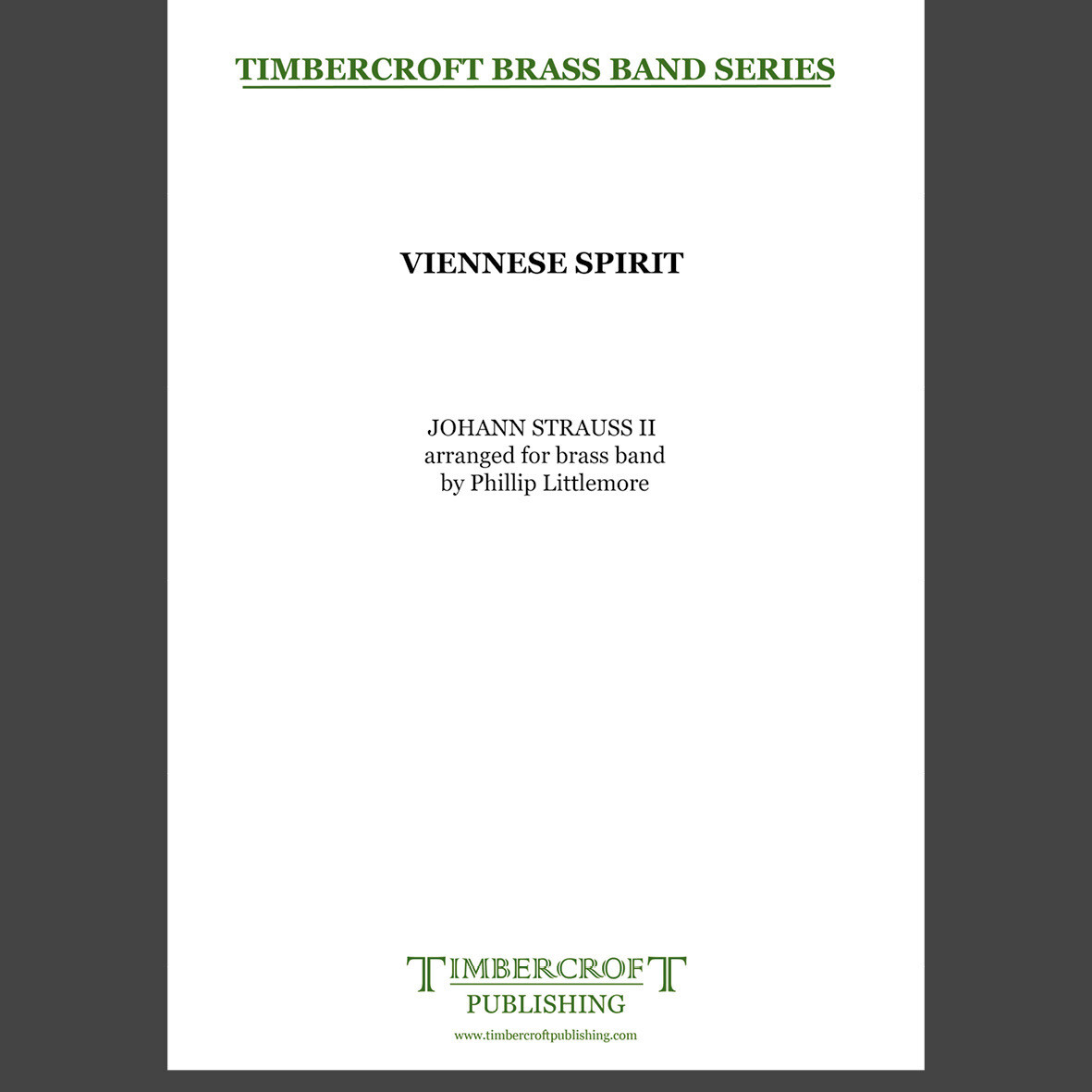 £40.00
£40.00Viennese Spirit - Johann Strauss II arr. Phillip Littlemore
Estimated dispatch 5-7 working days
-
 £40.00
£40.00Voices of Spring - Johann Strauss II arr. Phillip Littlemore
Estimated dispatch 5-7 working days
-
 £40.00
£40.00William Tell Overture - Finale
Estimated dispatch 5-7 working days
-
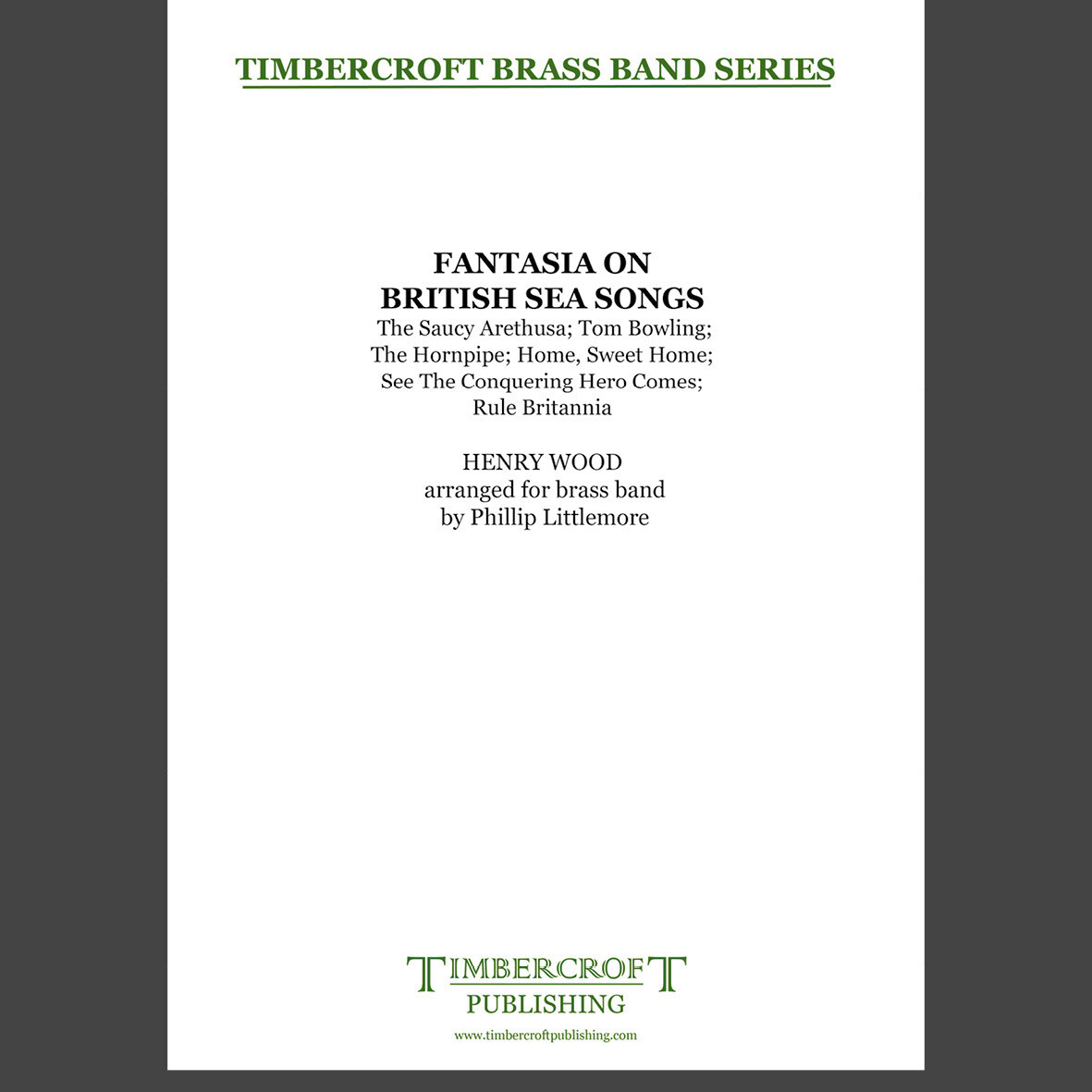 £45.00
£45.00Fantasia on British Sea Songs - Henry Wood arr. Phillip Littlemore
Estimated dispatch 5-7 working days
